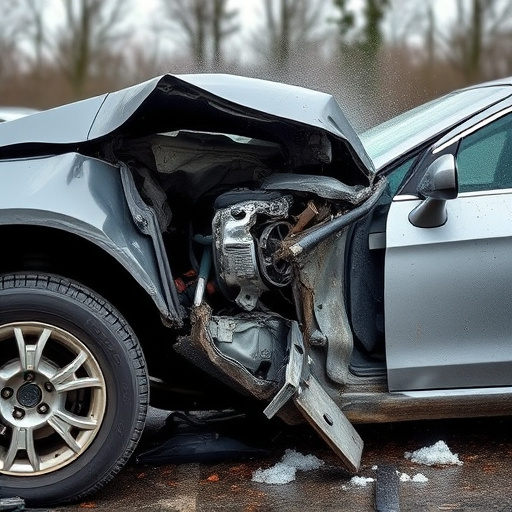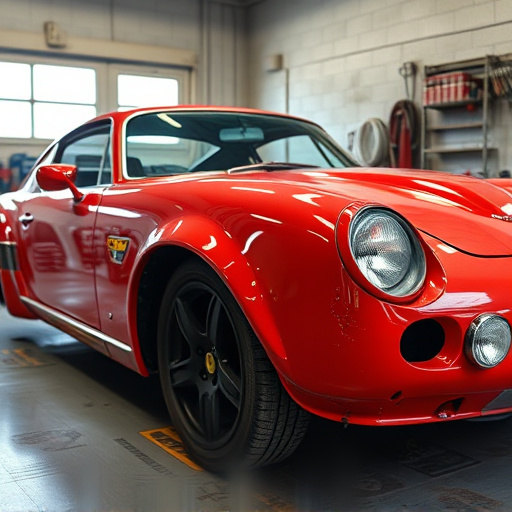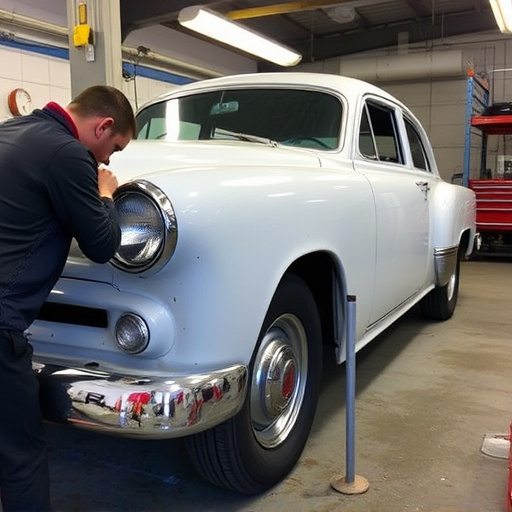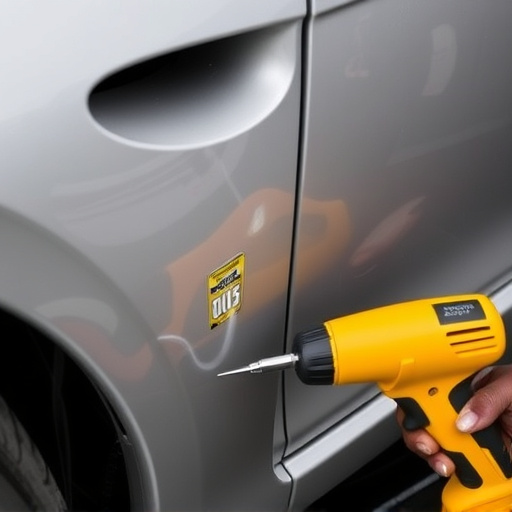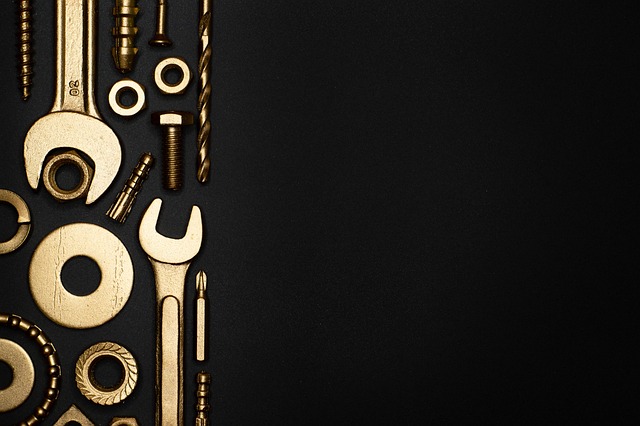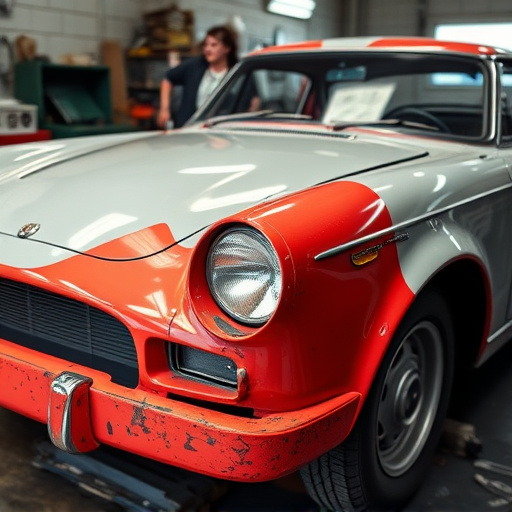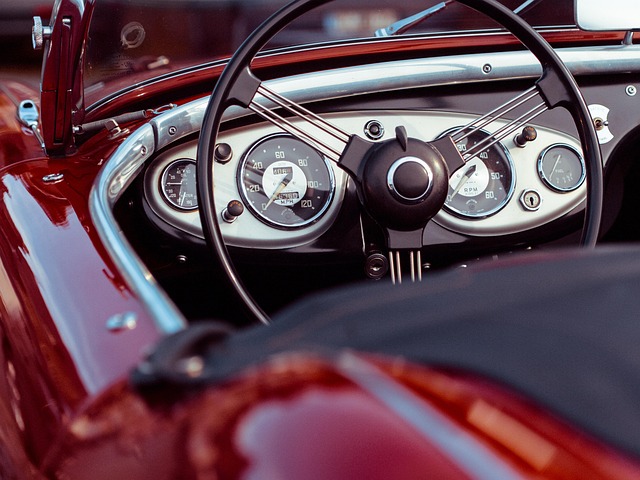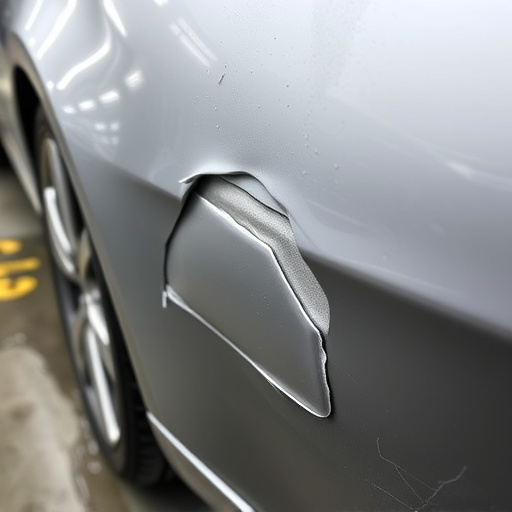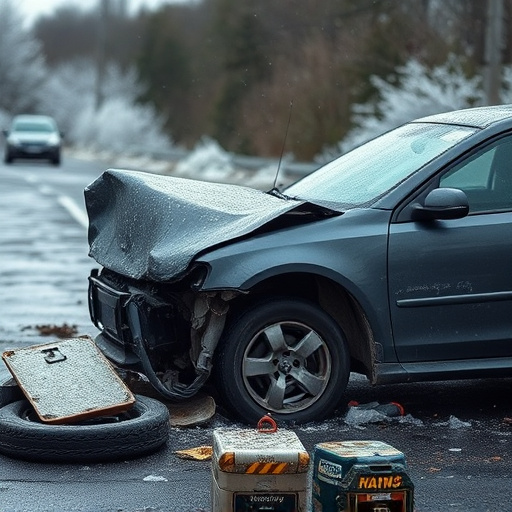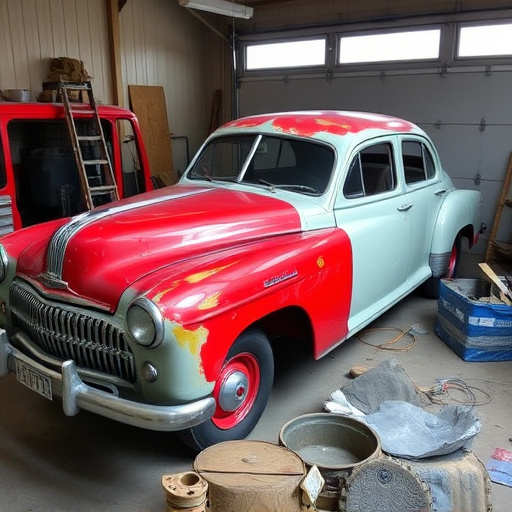Weather conditions significantly impact vinyl wrap adhesion for repairs. Extreme temperatures and humidity affect bonding strength, with hot climates curing adhesives too quickly and cold climates slowing the process. Optimal repair conditions are mild temperatures (60-80°F) to prevent cracking or bubbling. Planning is essential in regions with unpredictable weather; indoor workspaces, tarps, and protective films protect against damage for successful vinyl wrap repairs.
“Unpredictable weather can significantly impact the quality and outcome of vinyl wrap repair applications. This article delves into the intricate relationship between meteorological conditions and the adhesive properties of vinyl wraps, offering valuable insights for professionals in the automotive detailing industry. We explore strategies to optimize application timing, ensuring ideal conditions for superior adhesion. Additionally, practical techniques are presented to minimize damage during less-than-favorable weather scenarios, emphasizing the importance of adaptability in vinyl wrap repair replacement.”
- Understanding Weather's Impact on Vinyl Wrap Adhesion
- Optimizing Application Timing for Ideal Conditions
- Techniques to Mitigate Damage During Unfavorable Weather
Understanding Weather's Impact on Vinyl Wrap Adhesion
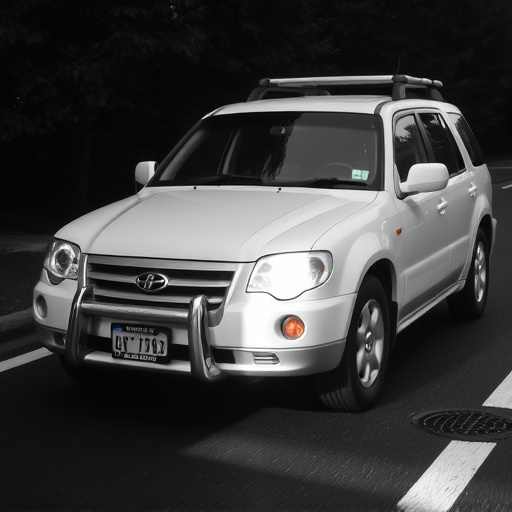
Understanding how weather conditions affect vinyl wrap adhesion is crucial for anyone involved in vinyl wrap repair or replacement services. The performance and longevity of the repair directly depend on environmental factors. When planning a vinyl wrap repair replacement, consider that extreme temperatures can impact the bonding strength of adhesives used in the process. Both hot and cold climates present challenges; excessive heat can cause the adhesive to cure too quickly, leading to weak bonds, while freezing temperatures may slow down the curing process, making it difficult to achieve optimal adhesion.
Moreover, high humidity levels can also affect vinyl wrap repair application. Moisture in the air can interfere with the bonding agent’s ability to create a secure connection between the wrap and the surface it’s being applied to, such as a car body in a collision repair center. This is particularly relevant when dealing with dent repairs, as proper adhesion is vital for ensuring the repaired area remains smooth and free from visible imperfections.
Optimizing Application Timing for Ideal Conditions
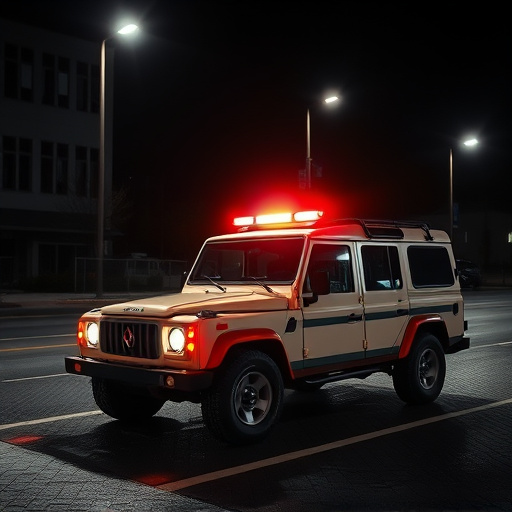
Timing is everything when it comes to vinyl wrap repair replacement, as optimal application conditions significantly impact the outcome and longevity of the repair. For best results, professionals recommend conducting repairs during mild weather, typically in temperatures between 60-80°F (15-27°C). This range ensures the vinyl material is at its most pliable, allowing for easier application and better adherence to contours without the risk of it cracking or bubbling due to sudden temperature changes.
During hot summer days, the sun’s heat can cause the vinyl wrap to shrink and warp, leading to poor results. Conversely, freezing temperatures in winter can make the material brittle, making repair more difficult. Ideally, choose a time when the vehicle is not directly in the path of intense sunlight or rapid temperature fluctuations. An auto collision center that offers repairs during these ideal conditions ensures that the vinyl wrap repair replacement will blend seamlessly with the vehicle’s bodywork, enhancing its aesthetic appeal and structural integrity for years to come.
Techniques to Mitigate Damage During Unfavorable Weather
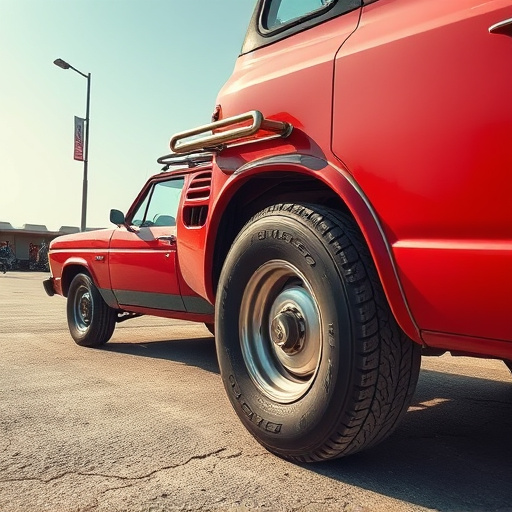
In regions with unpredictable weather patterns, planning ahead is key to successful vinyl wrap repair or replacement projects. When unfavorable conditions are on the horizon, such as heavy rain, strong winds, or extreme temperatures, taking preventive measures can significantly reduce potential damage. One effective strategy is to choose an indoor workspace if possible, ensuring a controlled environment for the repair process. This simple step prevents water damage and maintains the quality of the vinyl wrap material.
Additionally, weather-conscious techniques like using tarps to cover the vehicle during outdoor work or opting for specialized protective films over the wrap can shield it from adverse elements. For those dealing with car collision repairs or auto glass replacements, these measures become even more critical, as exposed vehicles are susceptible to additional scrapes, cracks, and other forms of damage during storms or severe weather events. By employing these mitigation strategies, professionals in vehicle body repair can guarantee that vinyl wrap repairs adhere to high standards, ensuring customer satisfaction regardless of the forecast.
In conclusion, understanding how weather conditions influence vinyl wrap adhesion is paramount for achieving successful repairs. By optimizing application timing and employing techniques to mitigate damage during unfavorable weather, professionals can ensure superior results with vinyl wrap repair and replacement. These strategies not only enhance the aesthetic appeal of vehicles but also prolong the lifespan of the wraps, providing a durable and protective finish even in diverse climatic conditions.
